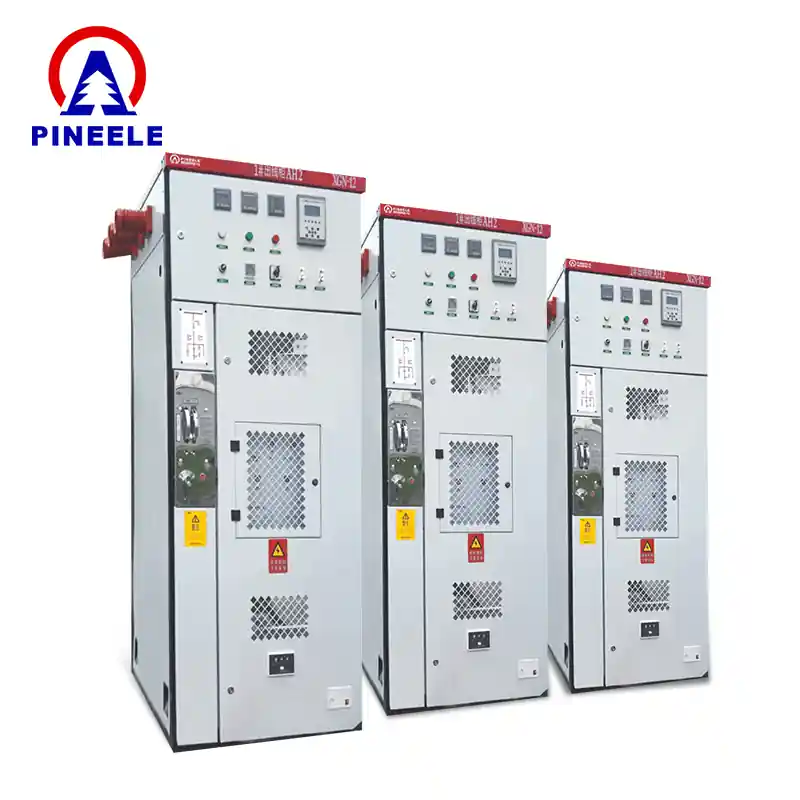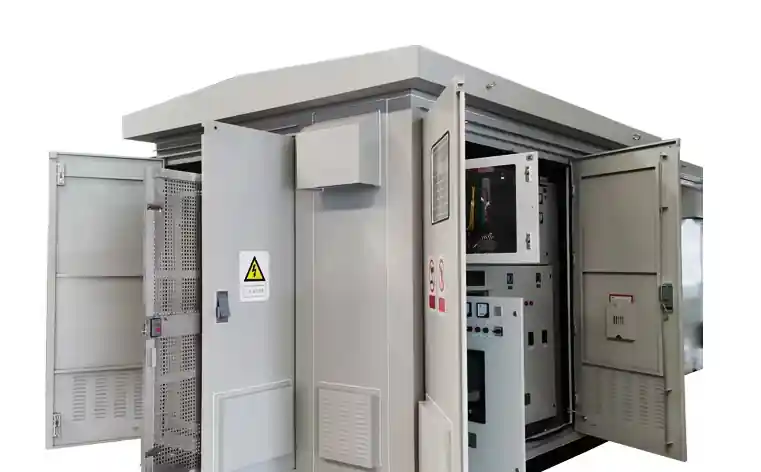
Introduction: Understanding the Core Purpose of RMUs
A Ring Main Unit (RMU) is a type of compact, sealed switchgear used in medium-voltage power distribution networks. The primary purpose of an RMU is to ensure the reliable, safe, and flexible distribution of electricity, particularly in ring-type networks where uninterrupted service is critical. It plays a pivotal role in switching, isolating, and protecting electrical circuits, often serving as a key component in compact substations, industrial facilities, and urban grid systems.
Applications of Ring Main Units
RMUs are widely used in:
- Urban power distribution networks
- Compact substations in residential or commercial complexes
- Renewable energy plants like wind and solar farms
- Industrial facilities requiring medium-voltage systems
- Underground power systems for cities with limited space
Thanks to their compact design and robust insulation, RMUs are ideal for environments where space and safety are top concerns.

Global Market Trends and Insights
The RMU market is experiencing significant growth due to rapid urbanization, increasing demand for power reliability, and a global push toward grid modernization. According to a report by MarketsandMarkets, the global RMU market is projected to surpass USD 3.2 billion by 2027. Manufacturers like ABB, Schneider Electric, and Siemens are investing heavily in smart RMU solutions equipped with IoT monitoring and automation capabilities.
IEEE and Wikipedia sources further highlight the shift toward SF6-free and environmentally friendly insulation technologies, making RMUs more sustainable and future-ready.
Technical Overview and Parameters
RMUs vary depending on configuration, insulation medium, and voltage class. Common specifications include:
| Parameter | Typical Range |
|---|---|
| Rated Voltage | 11kV / 15kV / 24kV |
| Rated Current | 630A / 1250A |
| Short-Circuit Withstand | 16kA – 25kA (1s or 3s duration) |
| Insulation Type | SF6 gas / Air / Solid Dielectric |
| Switching Components | Load Break Switch, Circuit Breaker |
| Enclosure | IP3X / IP54 (indoor/outdoor) |
RMUs vs. Traditional Switchgear
While traditional medium-voltage switchgear is bulkier and often requires larger enclosures, RMUs are:
- Compact and fully sealed, reducing the need for maintenance
- Modular, allowing easy scalability
- Pre-insulated and factory-tested, enhancing safety and reliability
- Quicker to install, with plug-and-play capabilities
In contrast, conventional air-insulated switchgear (AIS) requires more space and manual operation, which can be limiting in urban or constrained installations.
Selection Guidance: Choosing the Right RMU
When selecting an RMU, consider the following:
- Voltage Class: Match to your distribution system (e.g., 11kV or 24kV)
- Current Rating: Ensure sufficient ampacity for your load
- Configuration: 2-way, 3-way, or 4-way RMU depending on circuit topology
- Insulation Type: SF6 vs. Air vs. Solid — environmental and regulatory considerations
- Automation Needs: Remote monitoring, SCADA compatibility, and IoT features
Consulting with certified suppliers like Schneider, Eaton, or ABB ensures you receive a product that meets both technical requirements and safety standards.
Authority Citations for Further Reference
- IEEE Standards on Switchgear and RMU design
- ABB’s Ring Main Units Overview
- Schneider Electric’s RMU Catalog
- Wikipedia: Ring Main Unit
Frequently Asked Questions (FAQ)
A: An RMU performs the functions of switching, protection, and isolation in medium-voltage power networks. It ensures continuous supply and safe maintenance without interrupting the main circuit.
A: Yes. RMUs are ideal for solar farms and wind energy setups due to their compact design and high reliability, making them suitable for remote and harsh environments.
A: SF6 is a common insulating gas due to its excellent dielectric properties. However, due to environmental concerns, manufacturers are shifting toward SF6-free or alternative eco-friendly insulation technologies.
Ring Main Units (RMUs) are critical in building modern, reliable, and space-efficient power networks. Their role in improving operational safety, reducing outage durations, and supporting automation makes them a strategic investment for utilities and industries alike. As the grid evolves, RMUs are becoming smarter and greener, cementing their place in the future of energy infrastructure.
Get a printable version of this page as a PDF.